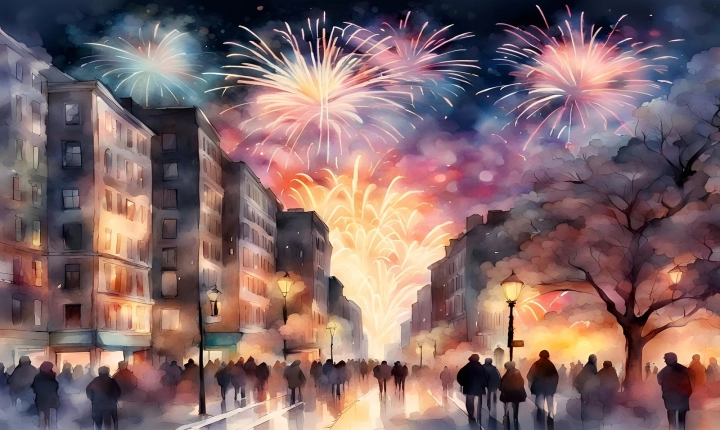Title: How to Get AI to Paint: Exploring the Intersection of Art and Technology
Introduction:
The world of art has always been a reflection of human creativity and expression. Traditional art forms, such as painting, have long been considered as purely human endeavors, requiring the artist’s unique vision, skill, and talent. However, with the advancement of technology, artificial intelligence (AI) is now making its mark in the art world, blurring the lines between human and machine creativity. AI-powered painting tools, such as deep learning algorithms and generative adversarial networks, have opened up new possibilities for creating art and pushing the boundaries of what is considered as “art.”
Exploring AI-Generated Art:
One of the most intriguing developments in AI-generated art is the use of neural networks to create unique paintings. These neural networks are trained on vast datasets of existing artworks to learn about styles, composition, and color palettes. Once trained, the AI can generate new, original paintings based on its learned knowledge. Artists and technologists are collaborating to explore AI-generated art, experimenting with different techniques and tools to create compelling and original works of art.
How to Get Started with AI Painting:
1. Familiarize Yourself with AI Tools: To get started with AI painting, it’s essential to familiarize yourself with the available AI tools and platforms. Many AI painting applications, such as DeepArt and Runway ML, provide accessible interfaces for creating AI-generated art. These platforms often include pre-trained models and customizable parameters to experiment with.
2. Experiment with Different Styles and Techniques: AI painting allows artists to explore new styles and techniques that may not be feasible with traditional methods. Experiment with integrating AI tools into your existing artistic practice, and explore how AI can enhance your creativity.
3. Training Your Own AI Model: For more advanced users, training your own AI model can provide a deeper level of customization and control. By training a neural network on your own dataset of artworks, you can create a model that reflects your unique artistic style and preferences.
The Ethical Implications of AI in Art:
As AI continues to influence the art world, it’s important to consider the ethical implications of AI-generated art. Questions around authorship, ownership, and the role of the artist arise as AI blurs the lines between human and machine creativity. Artists, technologists, and policymakers must collaborate to establish ethical guidelines and standards for AI-generated art, ensuring that artists are fairly credited for their work and that AI is used responsibly and ethically.
Conclusion:
The intersection of art and technology is an exciting space, with AI painting providing new opportunities for artistic expression and creativity. Whether you’re a traditional artist looking to expand your practice or a technologist interested in exploring the artistic potential of AI, there are many ways to get involved in AI painting. By experimenting with AI tools, collaborating with other artists and technologists, and considering the ethical implications of AI-generated art, we can continue to push the boundaries of what is possible in the art world. AI painting is not a replacement for human creativity, but rather a tool that can inspire, augment, and challenge our perceptions of art.
